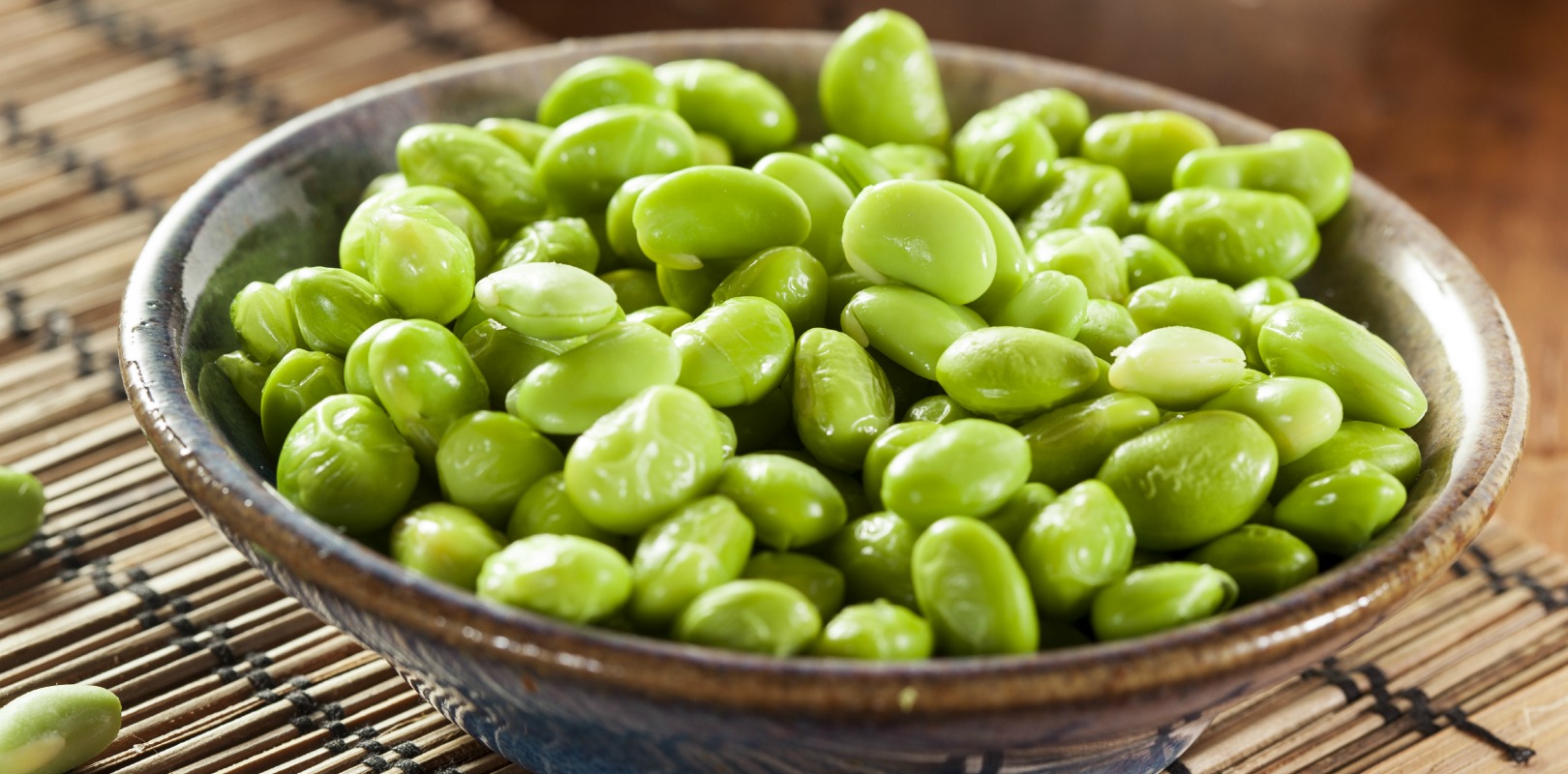Hubert Cormier is a registered dietitian from Canada and he’s currently enrolled in a doctoral program that he pursues at the Institute of Nutrition and Functional Foods (INAF). He is also doing several TV or radio interviews or acting as a spokesperson for the food industry or others initiatives related to the field of nutrition. Moreover, he is a best-selling author and very active on social media platforms such as Facebook , Twitter and Instagram.
Your last research, published in the European Journal of Nutrition in 2015, examined whether yogurt intake is associated with a healthy dietary pattern. Do you think that yogurt can drive a better diet quality?
Certainly! As shown by previous studies, yogurt was always associated with a better diet quality. In our study, we had data available from food frequency questionnaires and we have decided to look at dietary patterns. There are two main patterns, namely the Prudent and the Western dietary patterns, which are characterized by the different food groups. Each participant has a score for each pattern and this score reflects how well you adhere or not to each pattern.
First, we have found that yogurt was a contributor to the Prudent dietary pattern along with fruits, vegetables, legumes, nuts, non-hydrogenated fats, fish and other seafood. Then, we observed that consumers of yogurt had a positive Prudent dietary pattern mean score, while the opposite trend was observed in non-consumers of yogurt. Finally, we have found that yogurt consumption may be associated with lower anthropometric indicators such as waist circumference, waist-to-hip ratio in addition to a lower body weight and with a more beneficial cardio-metabolic risk profile in overweight/obese individuals.
You are a best-selling author and your last book, “Not Guilty: Free yourself from your food guilt” is already a success in Canada. According to your experience, can we assume that yogurt is a non-guilty snack? And if so, what are the key drivers?
 I do believe that yogurt is a non-guilty snack for sure or at least, is a good substitute to your chocolate cake or chips in the evening! It’s packed with proteins, calcium and other components that make yogurt really interesting such as bioactive peptides, branched-chain amino acids and milk fat. Also, I really love yogurt for its versatility, which I really think is one of the key drivers of yogurt consumption.
I do believe that yogurt is a non-guilty snack for sure or at least, is a good substitute to your chocolate cake or chips in the evening! It’s packed with proteins, calcium and other components that make yogurt really interesting such as bioactive peptides, branched-chain amino acids and milk fat. Also, I really love yogurt for its versatility, which I really think is one of the key drivers of yogurt consumption.
You can eat yogurt alone, with fruits, with a layer of caramel sauce, with cookie crumbs, with nuts or even in a more salty way with spices, garlic and Sriracha sauce to came up with the best dip ever!
Adherents of The Paleo Diet exclude all dairy products. What’s Right and Wrong About Eating Like a Caveman? Is yogurt interesting for people who dislike milk?
I’m not really into the Paleo Diet. Though, I do understand that some people are interested in this diet, but I’m pretty sure that you can’t do it for a lifetime, and that is my principal concern about it. As a registered dietitian, I’ll continue to support having good lifestyle habits and a good, varied and balanced diet which where the Paleo Diet often fails by being too strict.
Some of the principles are good whatsoever, but the lack of diversity is sad. I cannot go a day without eating my Greek yogurt parfait or my bean salad as the perfect side dish. Yogurt is interesting even if you dislike milk. If you’re lactose intolerant, you can even eat yogurt for breakfast without having digestive health problems because of the probiotics. Sure, some are more sensible and may experienced gas or bloating, but they can always choose to go with lactose-free products.












 I do believe that yogurt is a non-guilty snack for sure or at least, is a good substitute to your chocolate cake or chips in the evening! It’s packed with proteins, calcium and other components that make yogurt really interesting such as bioactive peptides, branched-chain amino acids and milk fat. Also, I really love yogurt for its versatility, which I really think is one of the key drivers of yogurt consumption.
I do believe that yogurt is a non-guilty snack for sure or at least, is a good substitute to your chocolate cake or chips in the evening! It’s packed with proteins, calcium and other components that make yogurt really interesting such as bioactive peptides, branched-chain amino acids and milk fat. Also, I really love yogurt for its versatility, which I really think is one of the key drivers of yogurt consumption.


